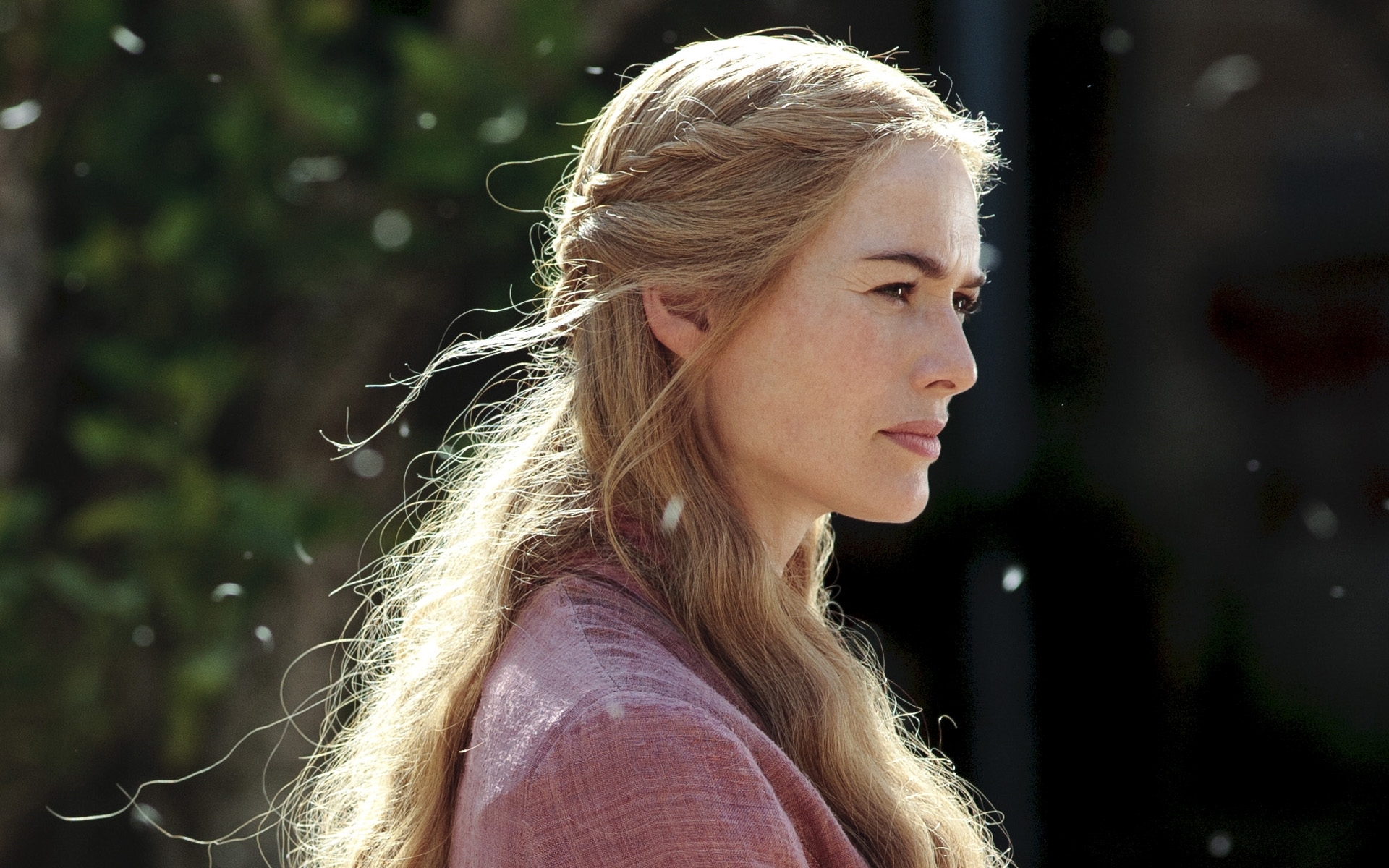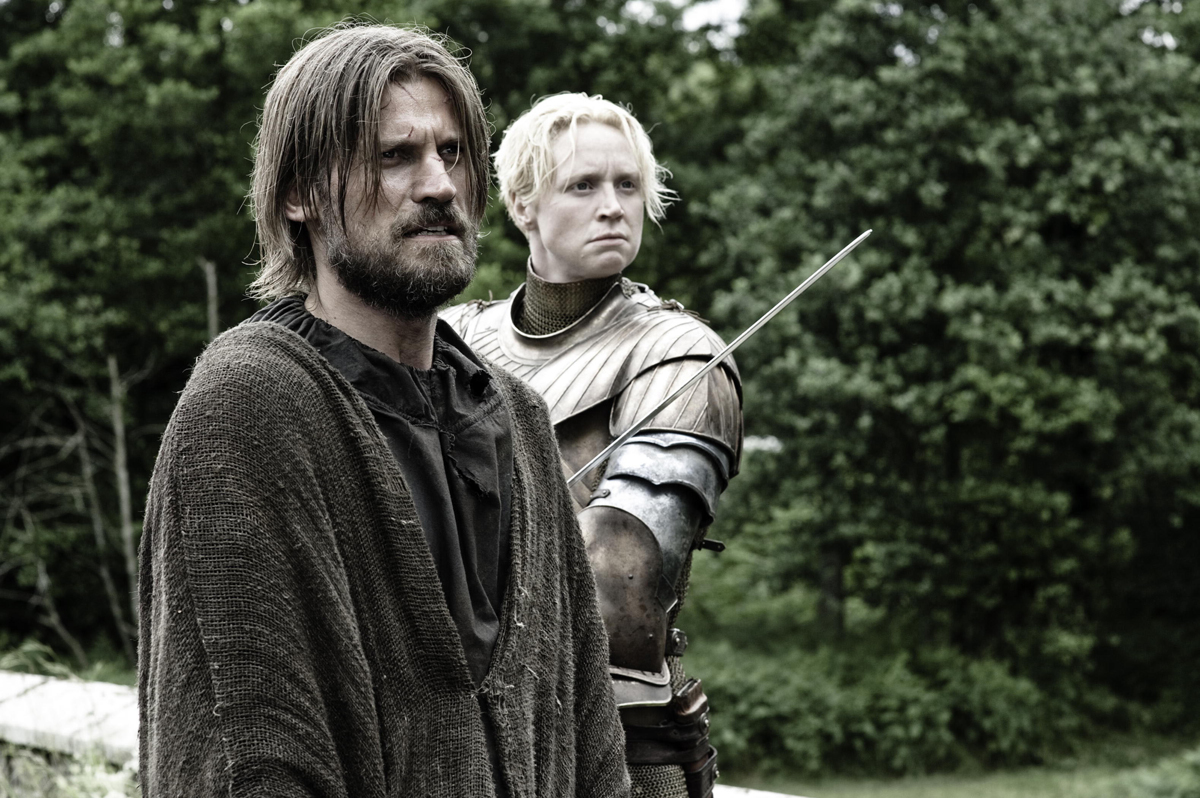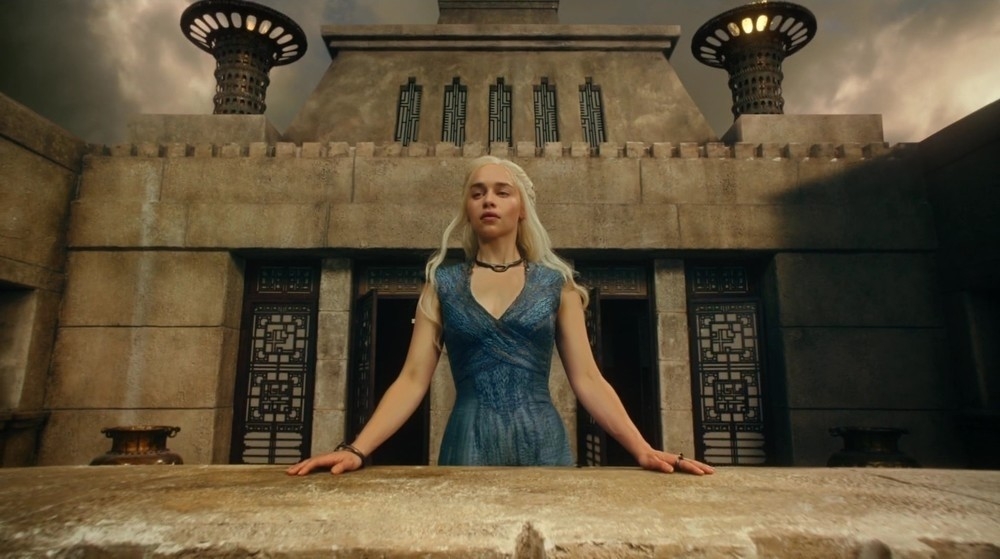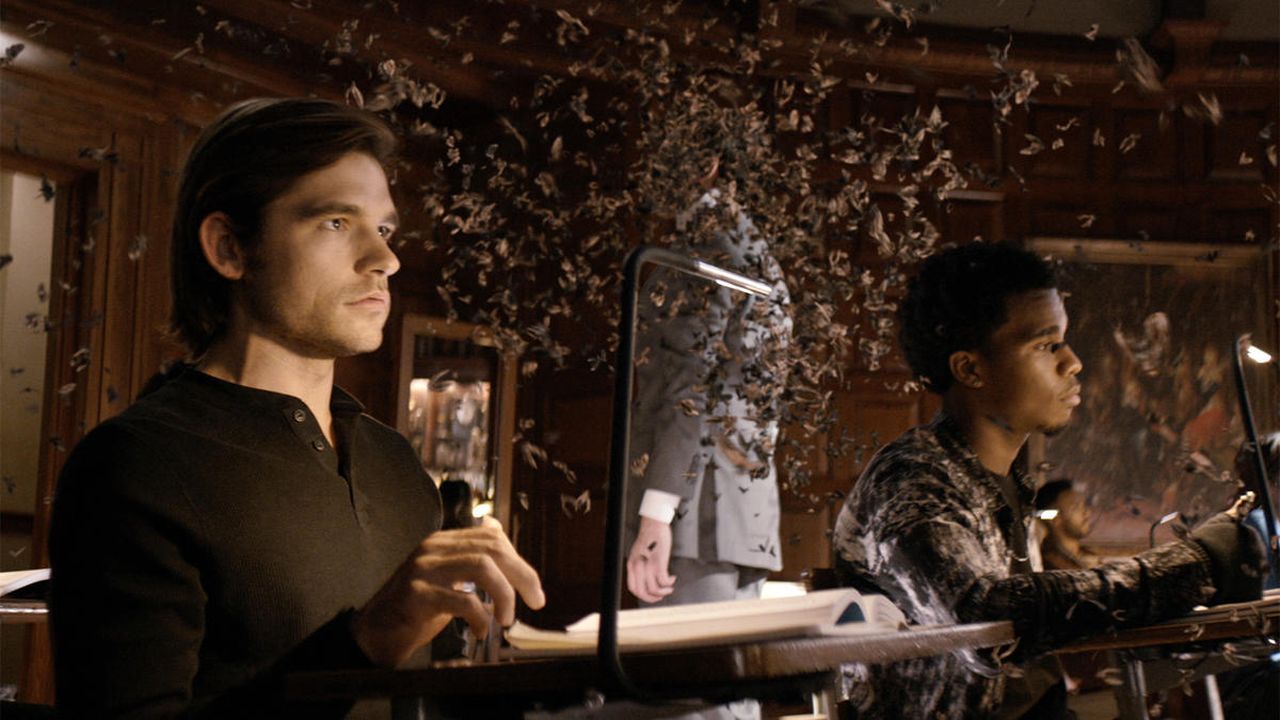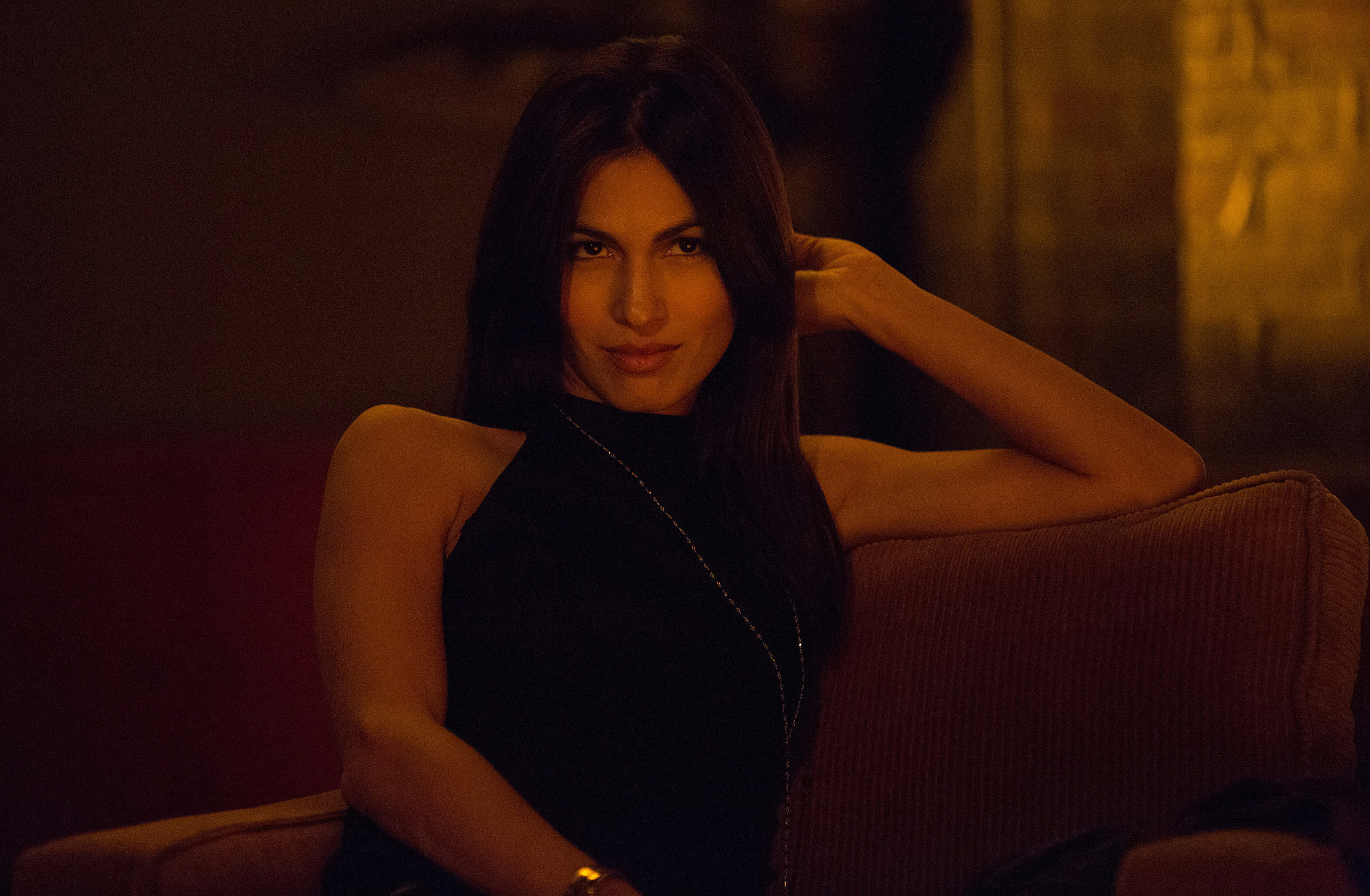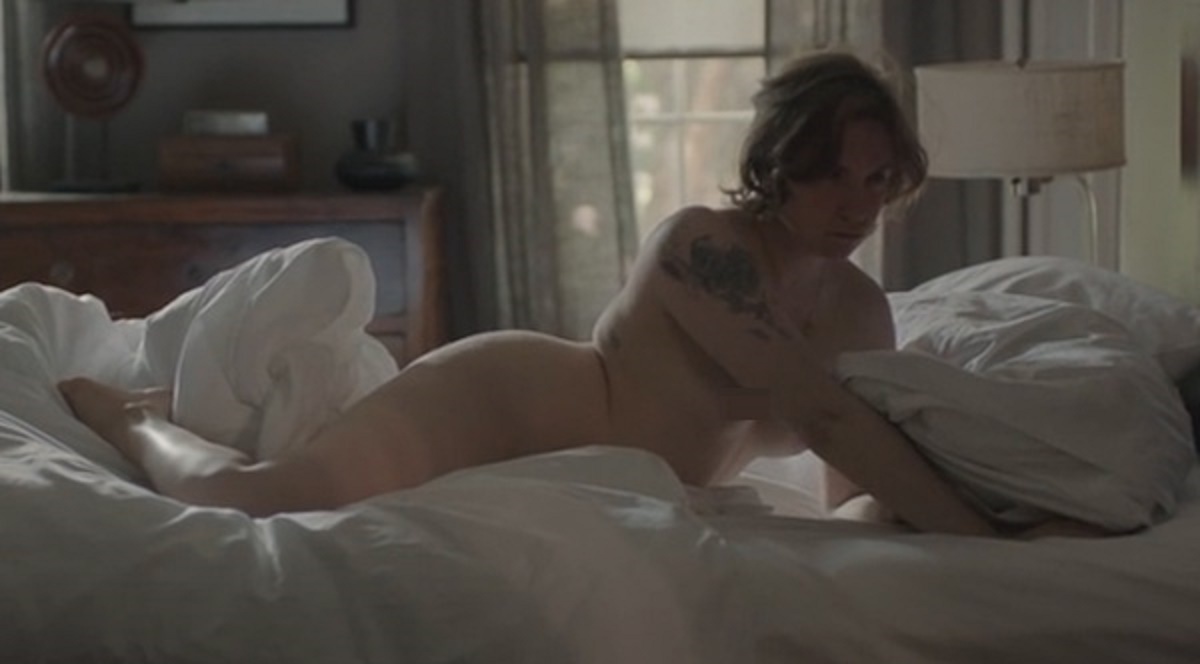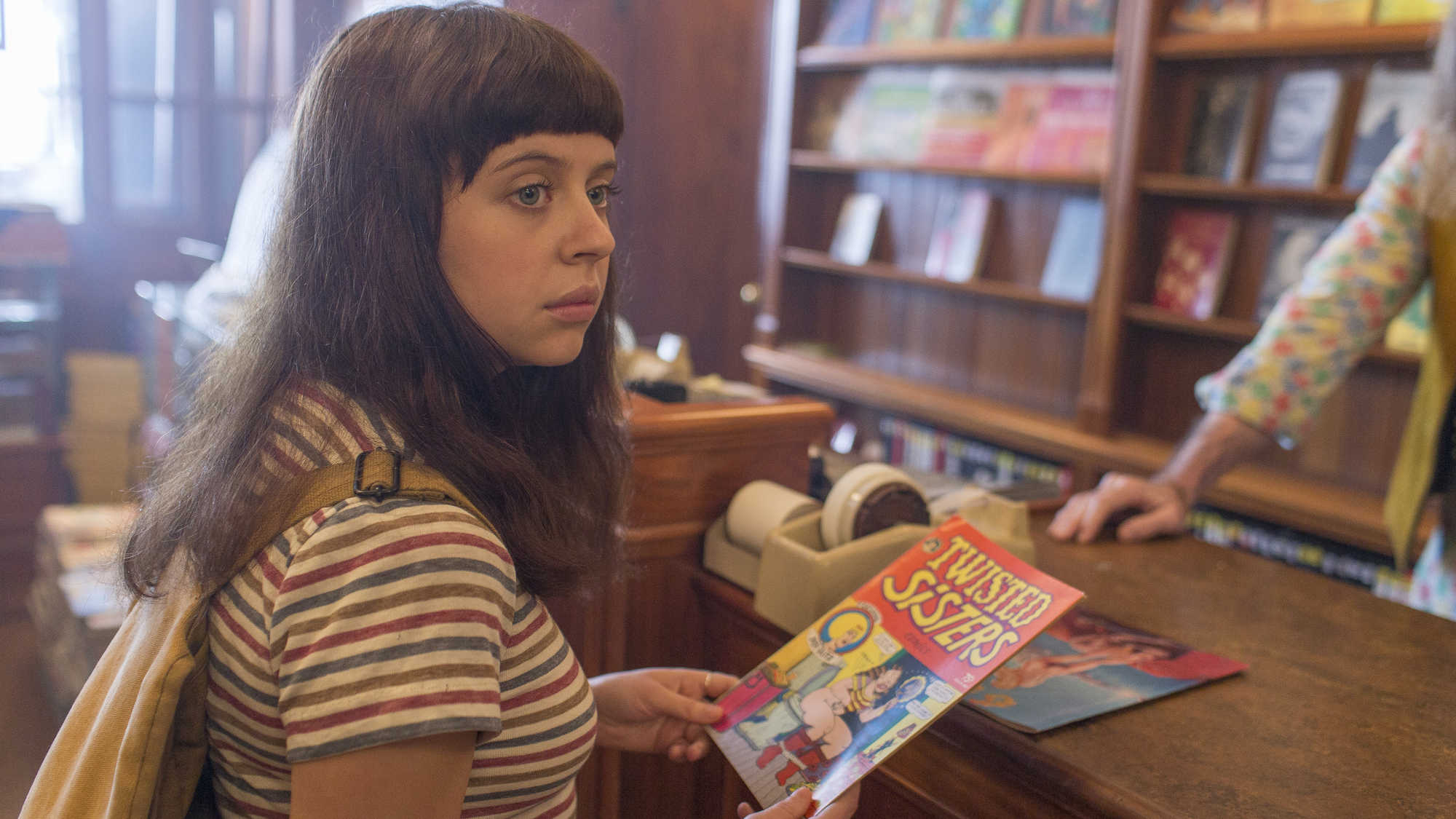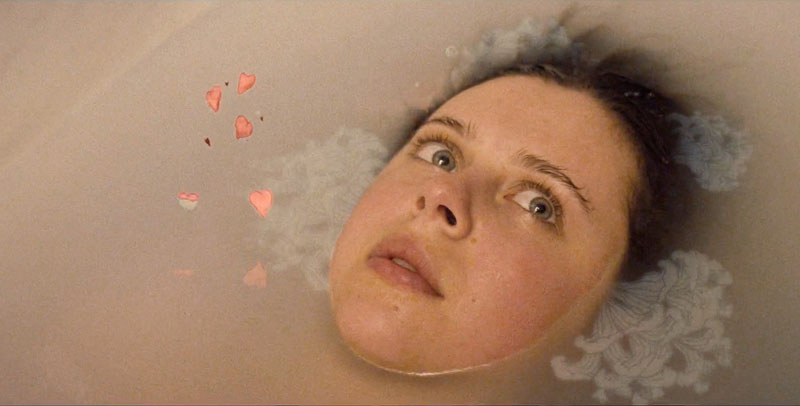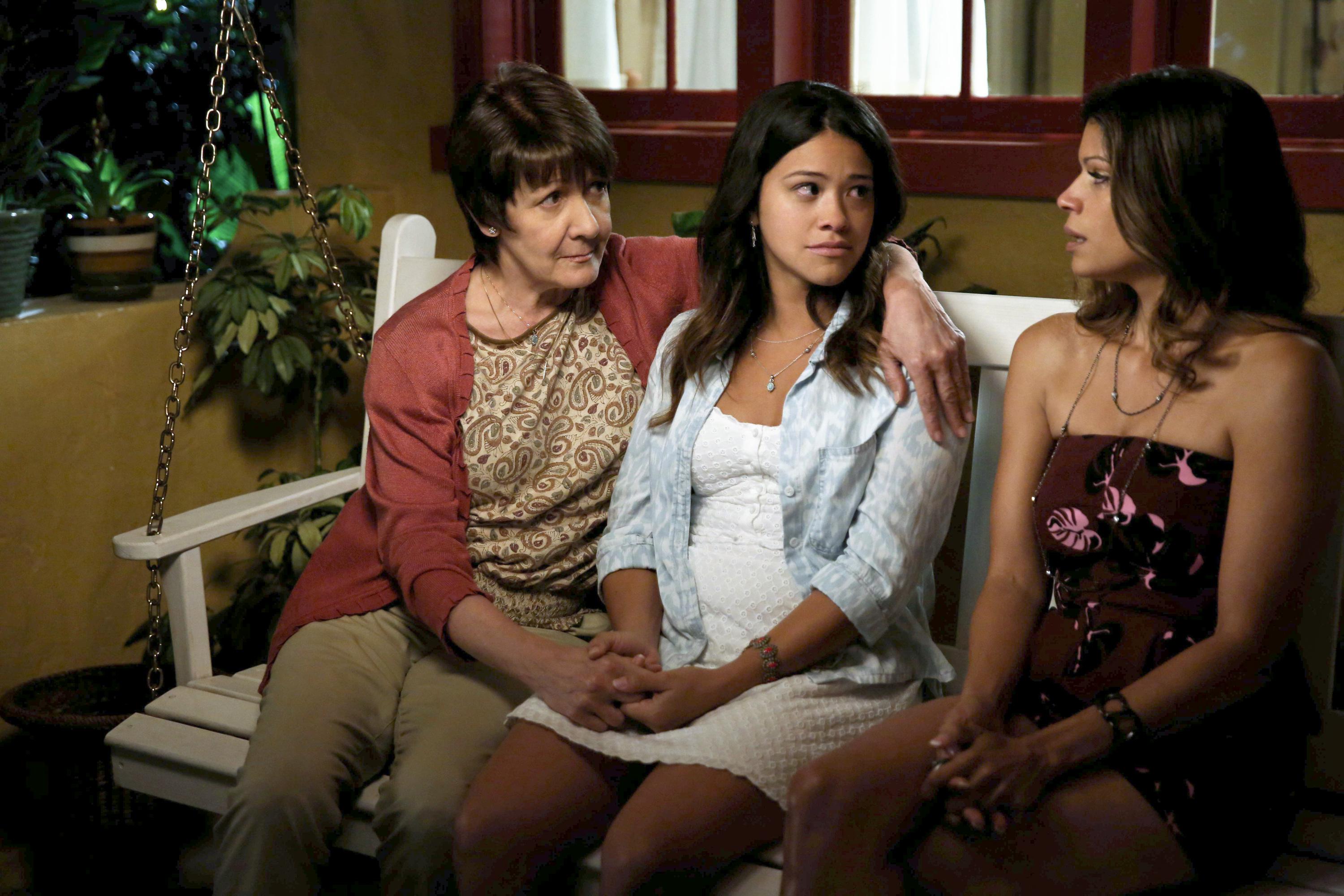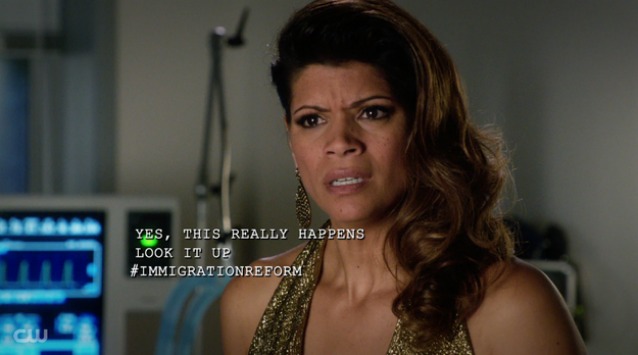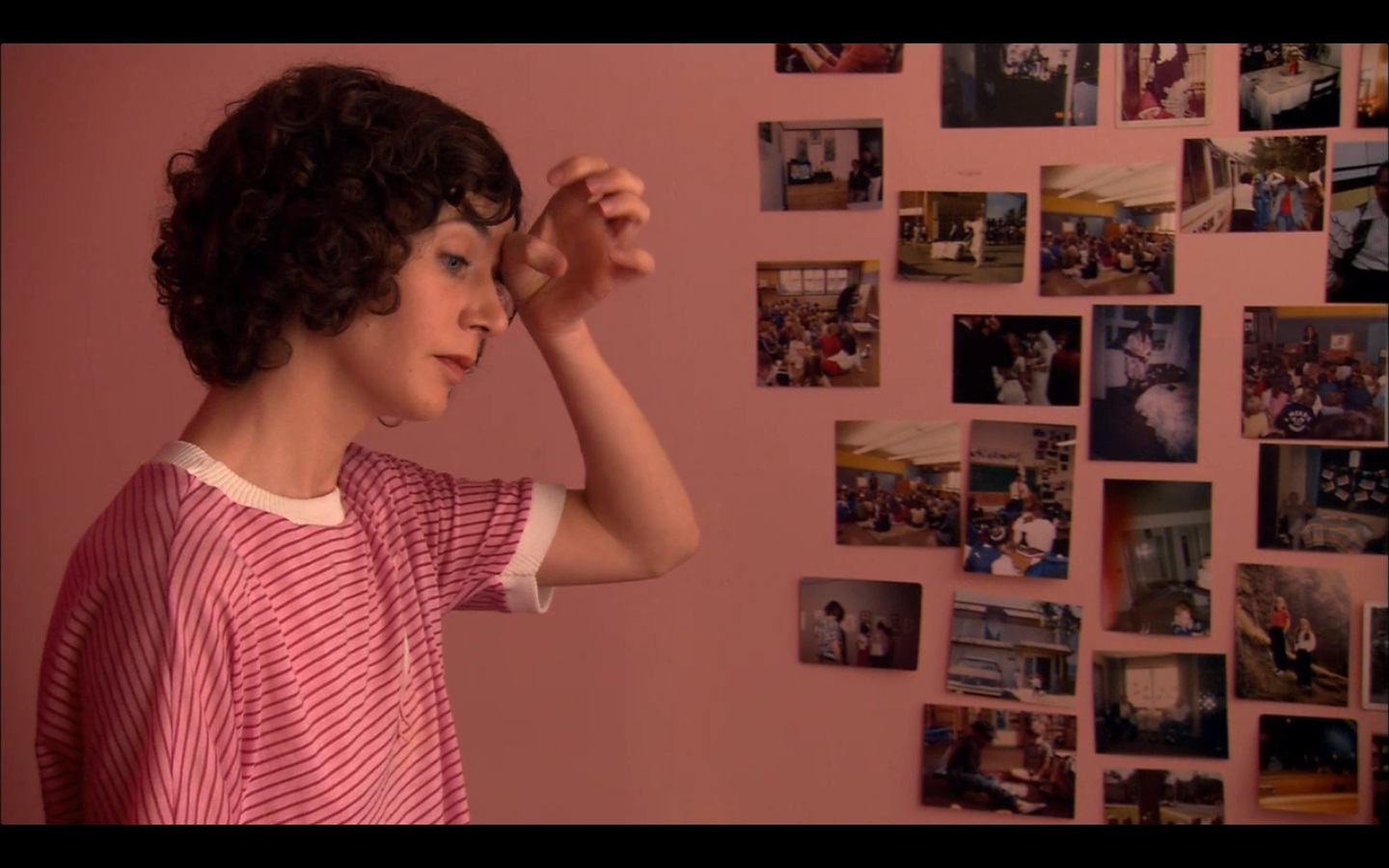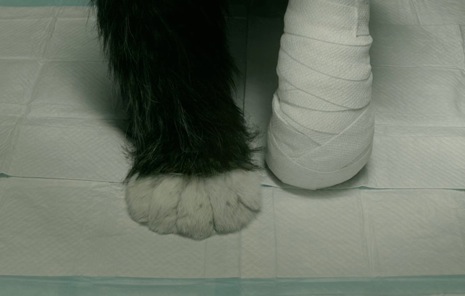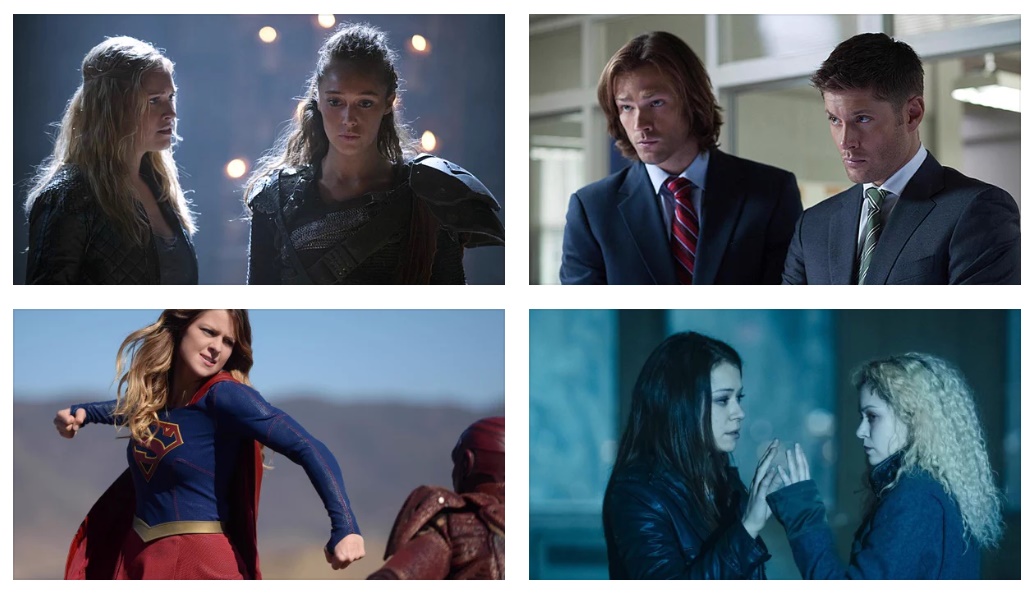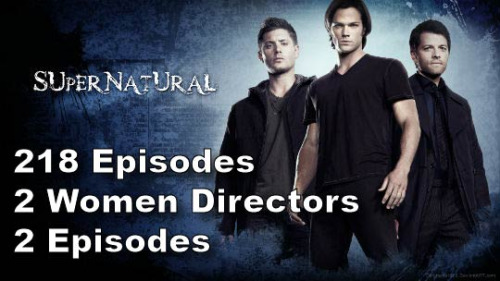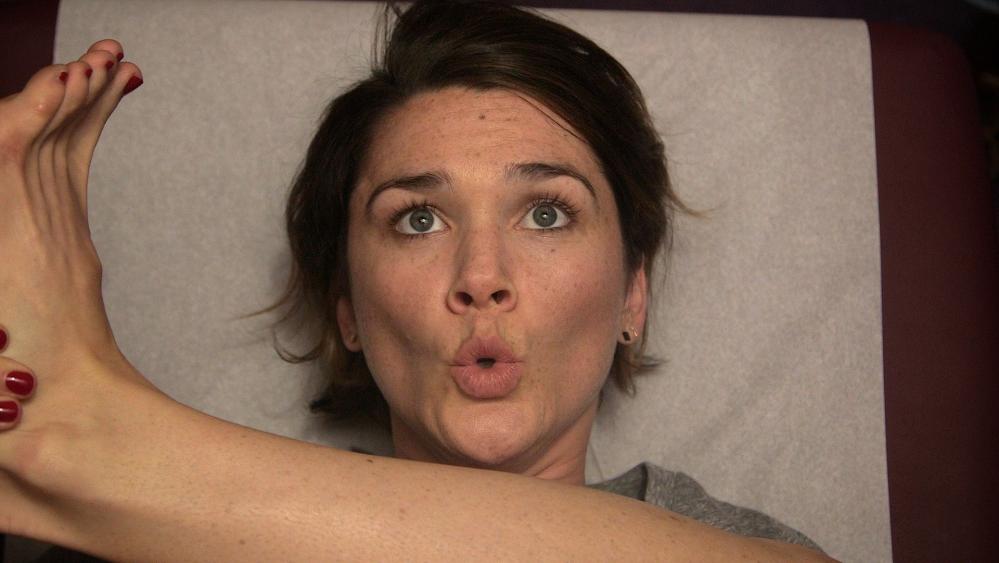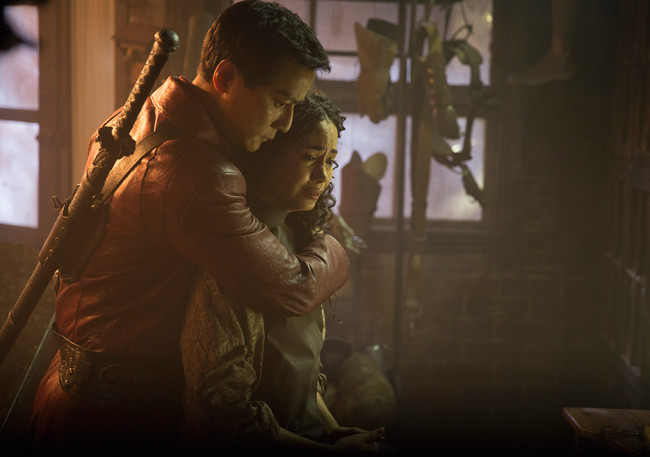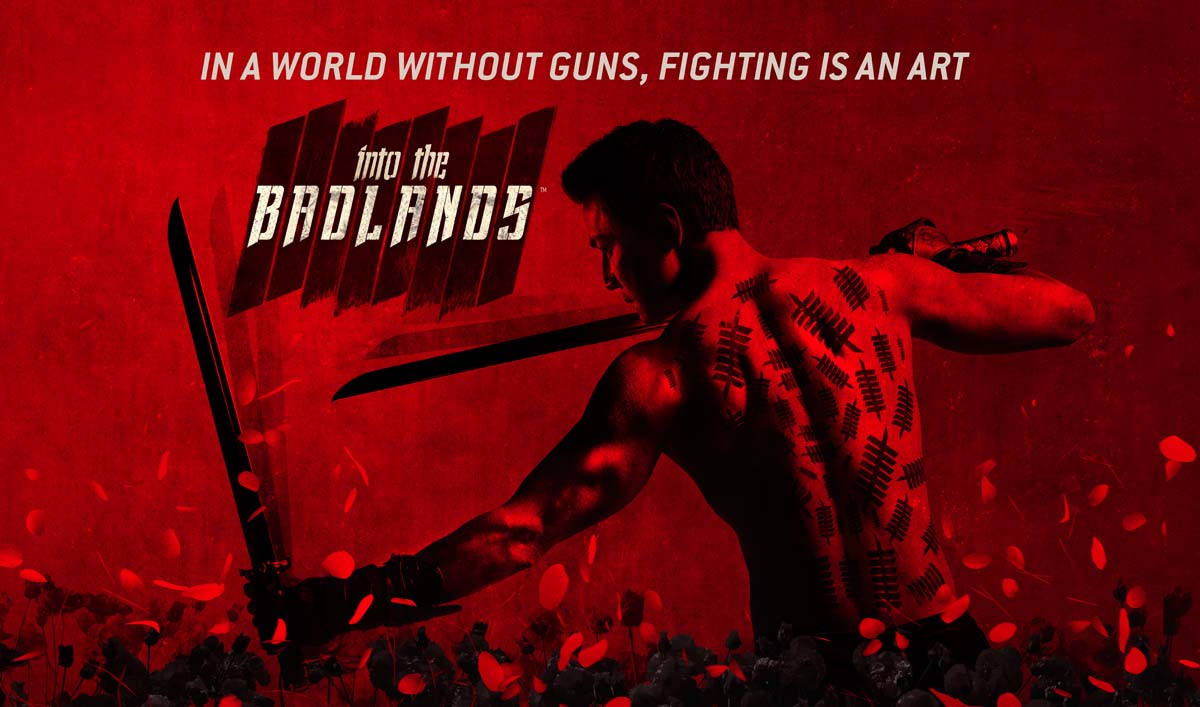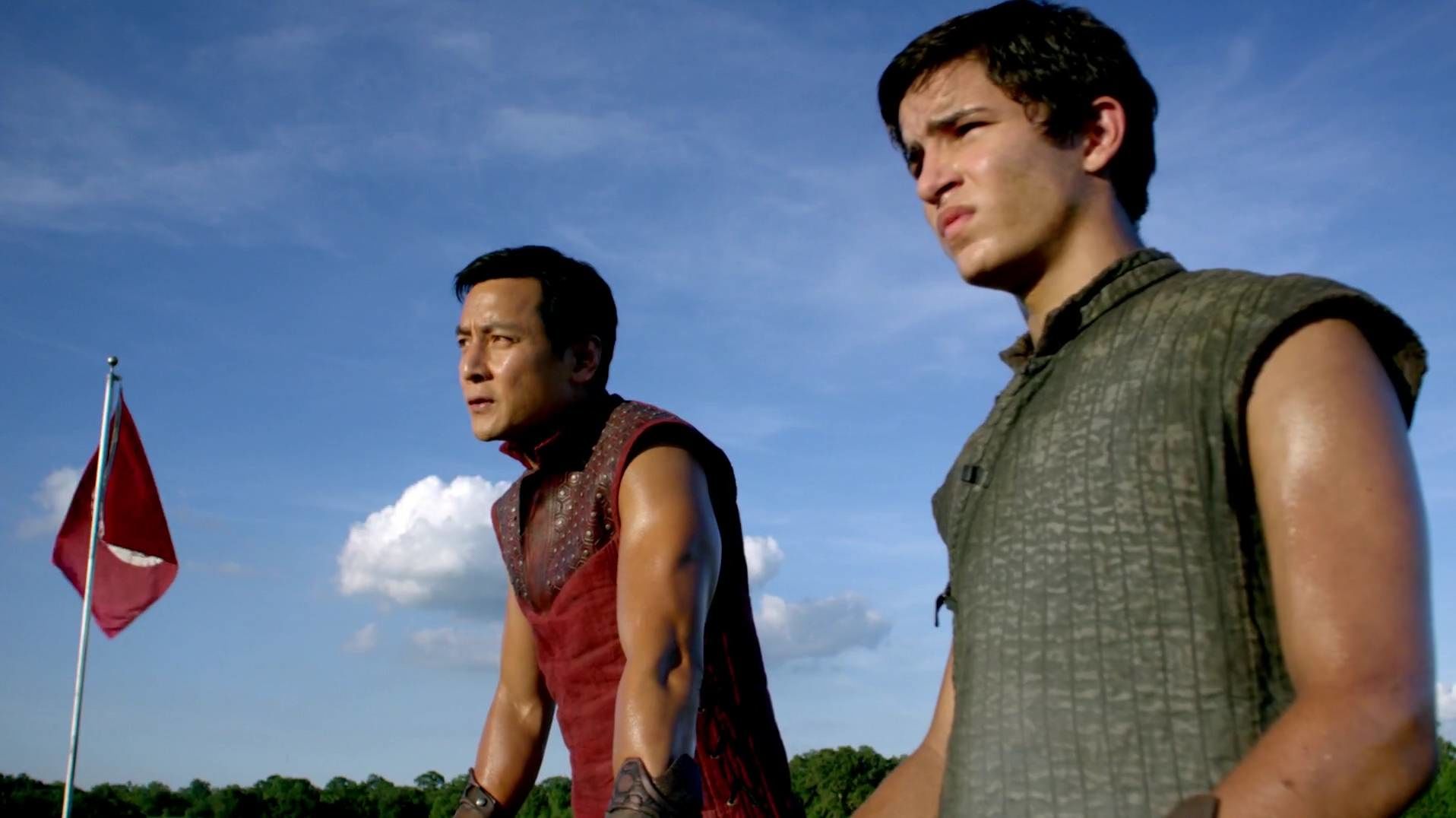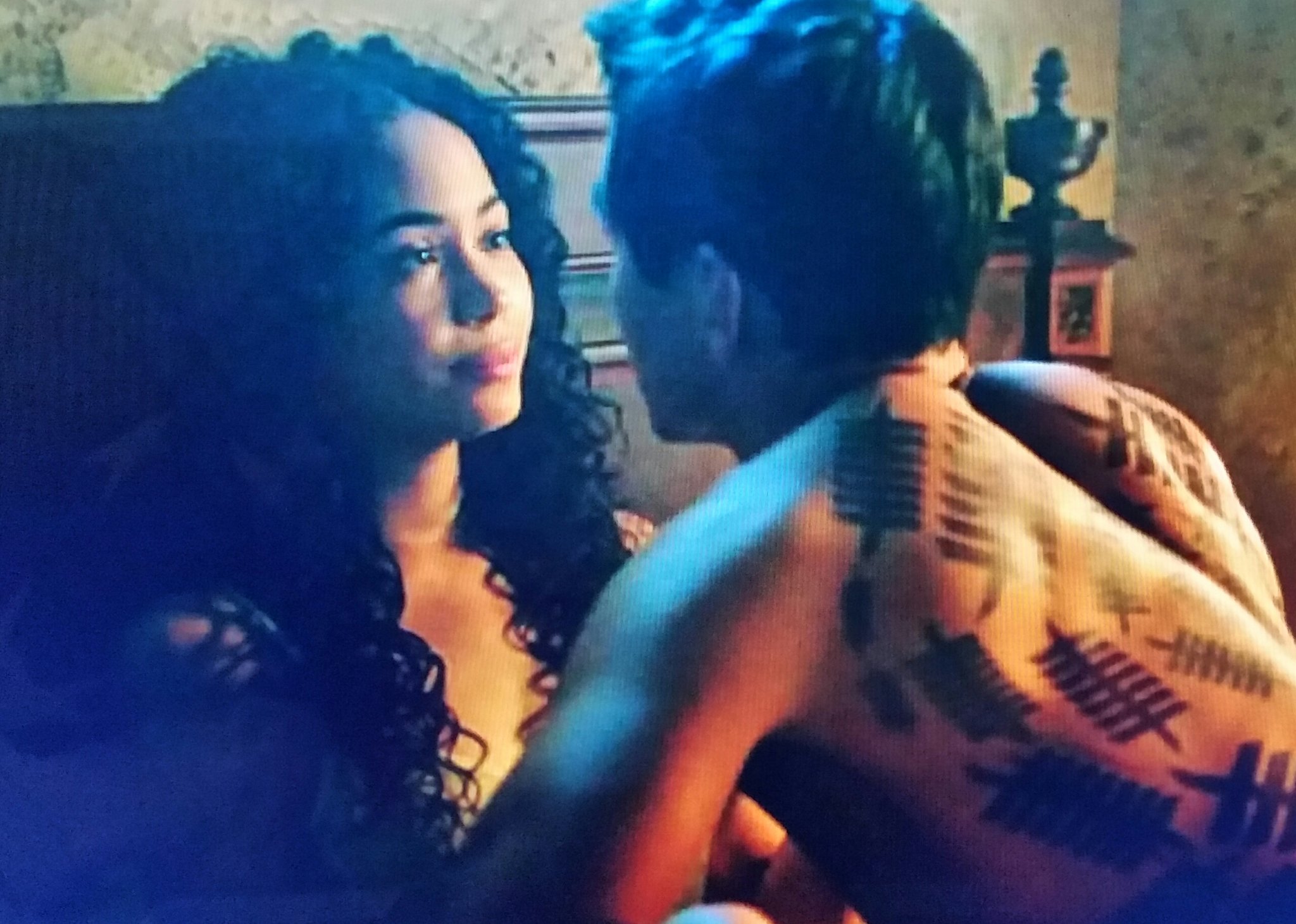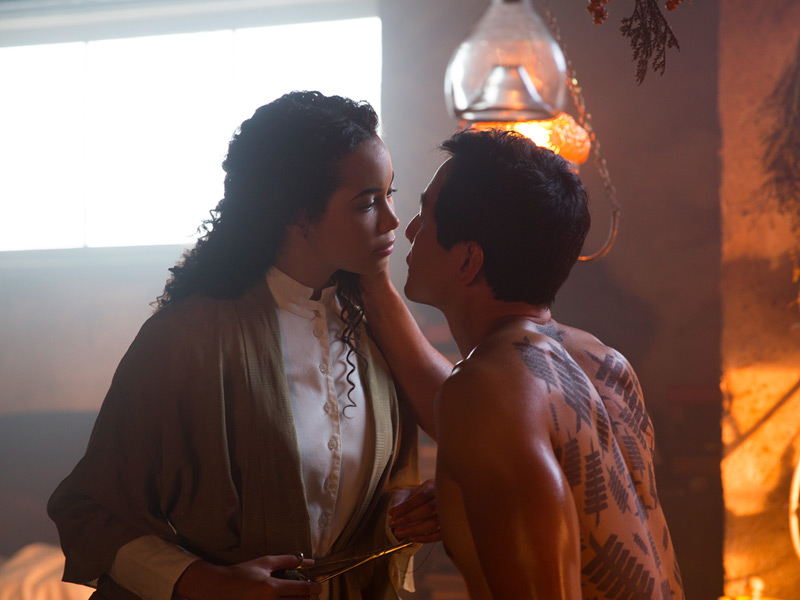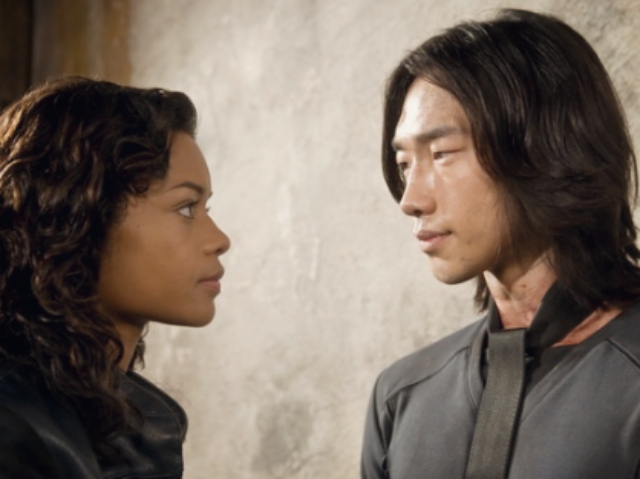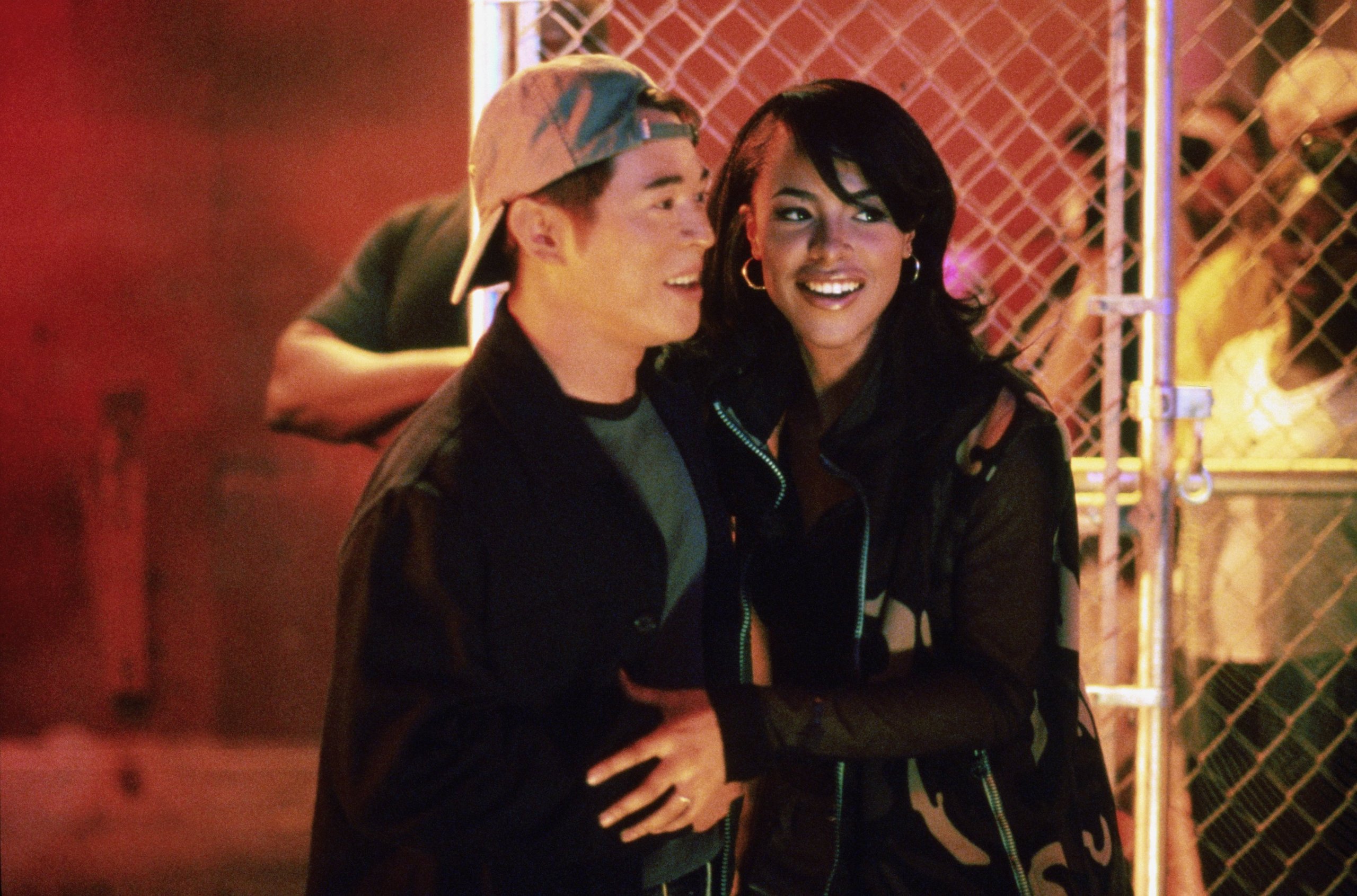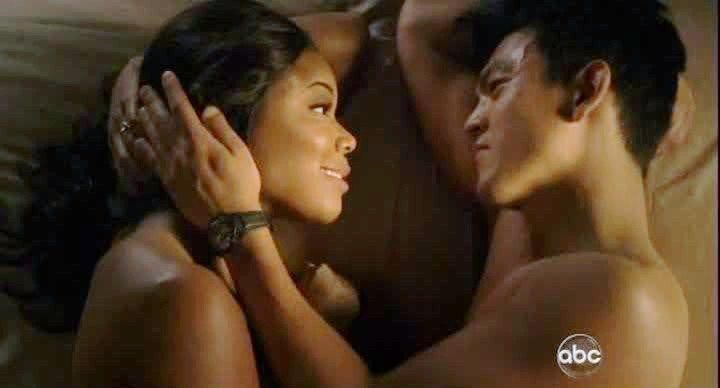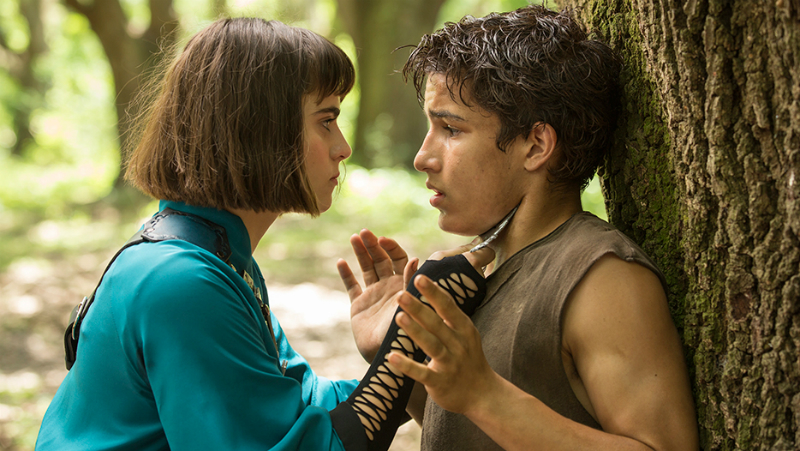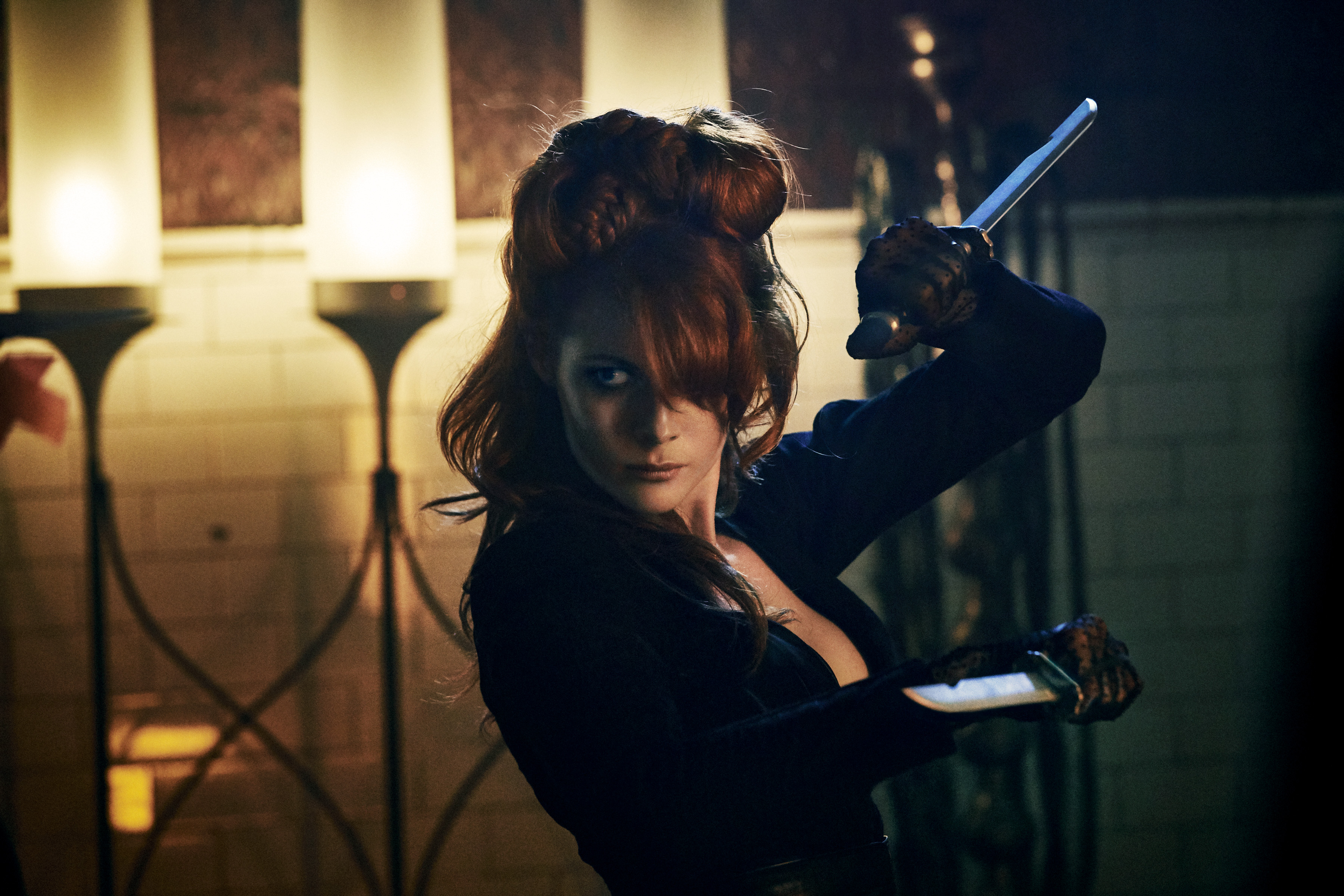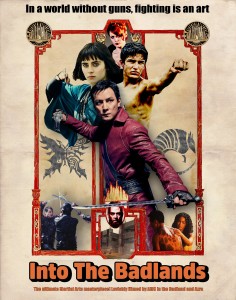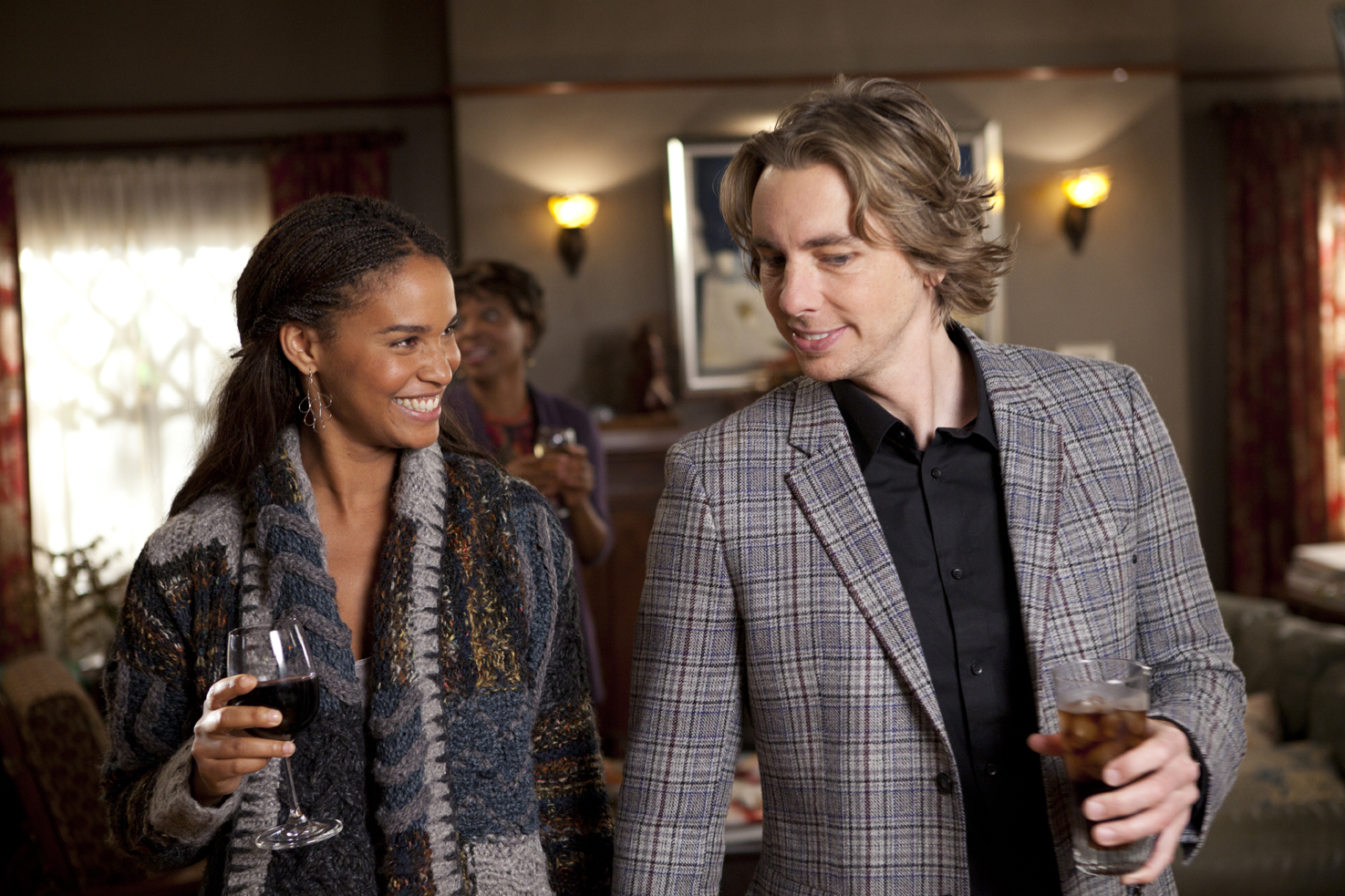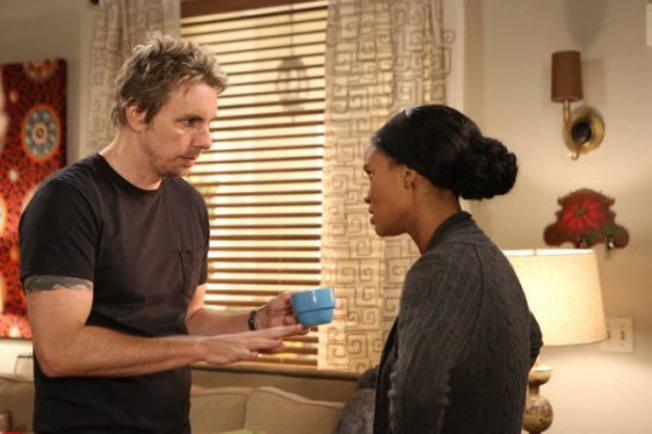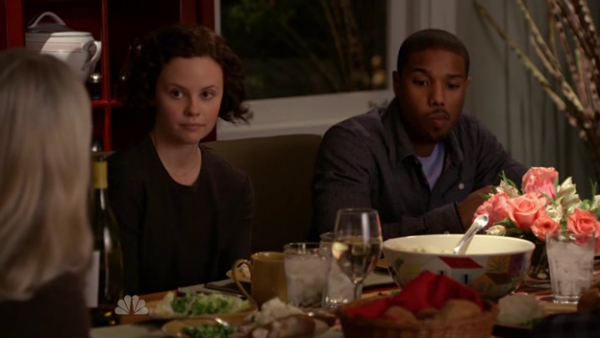This guest post written by Sophie Hall appears as part of our theme week on Game of Thrones. | Spoilers ahead.
Love her or hate her, Cersei Lannister is definitely one of the most intriguing characters in Game of Thrones, both in the novels and the TV show. Her popularity was enough to earn actress Lena Headey two Emmy nominations and spawn endless Cersei reaction gifs. However, if you were to run her character’s actions and motivations in the novels alongside that of her show counterpart, you can notice one major difference; how motherhood impacts her character in each medium. Cersei Lannister is cunning, deceitful, jealous and entirely about self-preservation. Yet, her show self seems to tie these exclusively with her relationship with her children, whereas in the books, she is a lot more separated from them in her motivations.
In the first novel of the series, A Game of Thrones, Cersei uses manipulation, her sexuality and murder in playing “the game of thrones.” She toys with Sansa Stark’s aspirations and naiveté in order to get her to inadvertently aid the Lannisters. She tries to seduce Ned Stark in order to keep his silence (long enough to kill him, anyway) on vital information from her husband Robert Baratheon and, when that failed, takes the King out of the picture herself.
However, show creators David Benioff and D.B. Weiss felt the need to add another weapon to her arsenal in order for her to play the game: her children. After her lover and brother, Jaime Lannister, pushes child Bran Stark from a tower and he becomes comatose, Cersei visits his grieving mother Catelyn Stark. She sympathizes with her pain, recalling the heartbreak she suffered when she lost her child she had with Robert. It’s obvious that Cersei’s intentions here were to throw Catelyn’s suspicions away from the Lannisters, but Cersei’s pain was also plainly earnest.
What I find problematic with this, though, is the fact that the creators felt the need to add this weapon to this character in order to give her more depth, as if why she uses her other weapons wouldn’t be enough. There are reasons deeply explained as to why she targets women and uses them for her own gain; the troubling reason why she uses her own sexuality and what she feels she gains when ordering the death of others. Why not just explore those aspects? Why is motherhood the go-to in order to flesh out her character? Why can’t she be separate from her children, the same way the father of them, Jaime Lannister, is?
The fact that the showrunners fabricated the fact that Cersei gave birth and grieved the loss of her and Robert’s child in the show remains problematic for another reason. In the novels, when she once got pregnant by Robert, she had an abortion. If the creators feel that Cersei exercising her right over her own body isn’t a valid enough reason for her decision, is the fact that she conceived the child through rape not enough? Are the creators of the show really trying to suggest that revealing Cersei to have had an abortion too much of a flaw, that her show self must selflessly love her children from conception, no matter the father or circumstance?
Cersei using her children as a weapon is apparent throughout the entire series, whether it’s for her own motivations or to garner audience sympathy. In season 2, there is a storyline where Cersei’s son King Joffrey orders the execution of his late “father” King Robert Baratheon’s bastard children in order to secure his place as ruler of the seven kingdoms. Cersei laments this to Tyrion later, breaking down over the fact that she has raised a monster.
Conversely, this devastating act is actually committed by Cersei in the novels. The prospect of power is so vital to her as she feels she has been denied it due to her gender her whole life. Now that her husband is dead, she doesn’t want to lose this newly acquired power and jeopardize the survival of her children. Also, the fourth novel, A Feast for Crows, reveals the act was partly motivated by revenge against her husband for his flagrant infidelity which humiliated her.
Again, these flaws disrupt David Benioff and D.B. Weiss’s black and white view of motherhood; that if you are a mother who does not care for children, you have no substance. This rings true in how they made Catelyn Stark seek repentance for not loving Jon Snow as her own child and how the Wildling mother Karsi would not kill wights to save her own life, as they happened to be children. Complexity in motherhood seems to be a flaw that the creators always have to right.
The most simplified version of Cersei in relation to her children came in season 4. After the death of her eldest child, Joffrey, she immediately believed that her younger brother Tyrion was responsible. Cersei’s way of ensuring that he was found guilty was to manipulate the other players of the game to her side. She visits Margaery Tyrell, who’s betrothed to Cersei’s youngest child Tommen, asking for her aid in making sure Tommen is supported ruling the seven kingdoms. Her showing concern over her son’s well-being is honest, but genuinely trying to gain Margaery’s sympathy over the situation isn’t. Cersei does the same again when she visits Oberyn Martell to supposedly discuss her daughter’s well-being while she resides at Oberyn’s residence in Dorne. Later in the episode, Oberyn calls Cersei out by stating, “Making honest feelings do dishonest work is one of Cersei’s many gifts.”
[youtube_sc url=”https://www.youtube.com/watch?v=OZKgxzW4J3o”]
However, in the novel A Storm of Swords, the way that Cersei plays the game has nothing to do with her children at all. Aside from making Tyrion lose the support of his friend Bronn, which was included in the show, one of her most devastating schemes was using Shae, Tyrion’s lover, against him. In Cersei’s first chapter in A Feast for Crows, upon finding Shae’s corpse in her father’s bed, Cersei recalls how she promised Shae security if she would testify with damning evidence against Tyrion in court. Yet, Cersei doesn’t follow through on her promise and discarded Shae when she got what she wanted from her.
Cersei’s move was omitted from the show, where if handled right, could have revealed a lot about Cersei’s character. Throughout the book series, Cersei suffers from internalized misogyny, as even though she is the first-born child of the family, her father had no respect for her because she’s a woman. Her whole life, Cersei vies for power in a society where it is so easily given to men and in doing so, she comes to loathe her own gender because of it. Even though she believes that she should be queen of the seven kingdoms, she feels that she is the exception because of her family status and she mistrusts women in general.
Cersei wants power so desperately but she’s never been taught how to use it and therefore makes a mess of things when she gets it (hence her season 5 storyline). She makes enemies of women she should have made her allies. Cersei is a walking disaster of a character, with the book series delving into her psyche and giving a critical commentary on the effect growing up in a misogynistic environment can have on a woman. Despite this, her number one priority that the show creators keep reinforcing is the safety of her children.
Likewise, a vital piece of Cersei’s backstory was discarded. In the opening scene for season 5, there is a flashback of Cersei receiving a damning prophecy that a younger, more beautiful queen will take all that she holds dear and that her three children will die before she does. Given the Cersei from the show’s devotion to her children, this is obvious motivation for Cersei to believe that Margaery will be a threat to her family. However, the show chose to omit this line from the prophecy:
“And when your tears have drowned you, the valonqar shall wrap his hands around your pale white throat and choke the life from you (A Feast for Crows, page 611).”
Cersei later discovers that ‘valonqar’ means “little brother” in High Valyrian. Cersei believes that it’s Tyrion (she never considers Jaime) and that’s why she harbors so much hatred for him. This information was clearly not necessary for the showrunners, as it has no direct tie to her children.
This ultimately leads us to the mishandling of Cersei Lannister’s defining scene: her walk of shame. As mentioned previously, author George R.R. Martin has shown us that Cersei will do whatever she feels necessary to her to hold onto power. In A Feast for Crows, Cersei laments her son and his new wife ruling the seven kingdoms:
“I waited, and so can he. I waited half my life. She had played the dutiful daughter, the blushing bride, the pliant wife. She had suffered Robert’s drunken groping, Jaime’s jealousy, Renly’s mockery, Varys with his titters, Stannis endlessly grinding his teeth. She had contended with Jon Arryn, Ned Stark, and her vile, treacherous, murderous dwarf brother, all the while promising herself that one day it would be her turn. If Margaery Tyrell thinks to cheat me of my hour in the sun, she had bloody well think again. (A Feast for Crows, page 387).”
From then on, Cersei embarks on a narrative driven to garnering the respect she never received due to her gender. She imprisons Margaery, partly due to her being a threat to her power and mostly due to her belief that she is the younger queen in the prophecy she received when she was a child. She refuses help from her uncle Kevan, believing she is capable enough to rule single-handedly. Cersei tries to manipulate religious organization The Faith Militant, which dramatically backfires. This causes her own imprisonment, and what is the first thing she is punished with? Her sexuality.
After admitting to sex outside of marriage, she is made to walk the streets of King’s Landing naked, whilst its people throw garbage at her and hurl gendered slurs. Cersei isn’t receiving the punishment of a lifetime for being a terrible ruler; she is being shamed for the thing she feels has been hindering her entire life: for being a woman.
Even though the show keeps this scene, the context is different. Cersei has Margaery imprisoned mainly due to her overprotectiveness of her son Tommen, less so for her insecurity of her status. Therefore, when she is arrested and punished, it doesn’t ring with the theme that Martin originally intended. You still understand as an audience member of the television series that what happens to Cersei is sexist, but the whole event seems more of the outcome of Cersei’s plunders rather than a greater commentary.
The Cersei Lannister in the A Song of Ice and Fire series is desperate for people to see beyond her gender. Maybe David Benioff and D.B. Weiss should listen to her.
Sophie Hall is from London and has graduated with a degree in Creative Writing. She is currently writing a sci-fi comic book series called White Leopard forWasteland Paradise Comics. Her previous articles for Bitch Flicks were on Mad Max: Fury Road, Star Wars: The Force Awakens and director Andrea Arnold. You can follow her on Twitter at @sophiesuzhall.
